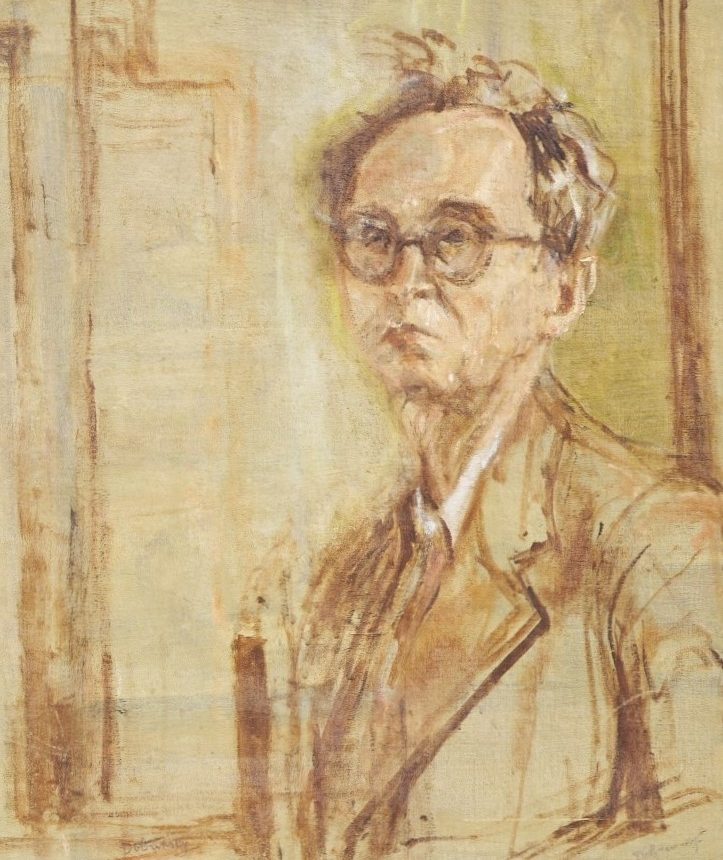Alfred ABERDAM
December 31, 2018Isaac DOBRINSKY
MAKAROV (UKRAINE) 1891 – PARIS 1973
Isaac Dobrinsky was seven years old when his father, who was a religious man, died. After studying in a Talmudic school, he moved to Kiev for six years, where he began to model figures in clay. Afterwards, he studied at the Sabatovski art school while working for a tin-can maker. Dobrinsky arrived in Paris in 1912 and was welcomed warmly by the sculptor Marek Szwarc. He settled at La Ruche and shared his studio with Chaim Soutine. A year after he arrived in France, Dobrinksy fell ill and abandoned sculpture for painting.
In 1914, Dobrinsky joined the French Foreign Legion, but was quickly exempted for medical reasons. He returned to Paris and studied at the Académie Colarossi and met Vera Kremer, who he married in 1926 (her father Arkadi Kremer was one of the founders of the Bund). After living at La Ruche for 27 years, Dobrinsky moved to rue d’Odessa in 1934. In 1942, he left Paris for Bergerac, where he found refuge and met Hersch Fenster and his family. He returned to Paris after the Liberation. In 1948, Serge and Rachel Pludermacher set up Champsfleur in Maisons-Laffitte, a home for around 200 children orphaned by the Nazis. Serge Pludermacher called Dobrinsky and asked him to paint the portrait of the children.
Stories of Jewish Artists of the School of Paris 1905-1939
FRENCH-ENGLISH
Capitale des arts, le Paris des années 1905-1939 attire les artistes du monde entier. De cette période de foisonnement, un terme est resté, celui d'Ecole de Paris, qui recouvre une grande diversité d'expression artistique. Dans ce brassage dont Montparnasse est le creuset, un groupe se distingue : celui des artistes juifs venus de Russie, de Pologne et d'Europe centrale. Si leurs styles sont variés, un destin commun les rassemble : ils fuient l'antisémitisme de leur pays d'origine. Certains ont connu la célébrité dès les années 1920, tels Soutine, Lipchitz ou Chagall. D'autres n'ont pas eu le temps ou la chance d'y accéder. Près de la moitié a péri dans les camps de concentration nazis.
From 1905 to 1939, Paris attracted artists from all over the globe as the capital of the art world. This period of artistic proliferation became known as the School of Paris, and includes a great diversity of artistic expression. Within the teeming art world centred on Montparnasse, one group set itself apart: Jewish artists from Russia, Poland, and Central Europe. Although their styles were diverse, they shared the common fate of fleeing anti-Semitic persecutions in their home countries. Some became famous in the 1920s, such as Soutine, Lipchitz, and Chagall, while others did not have the time or the luck to gain renown. Nearly half of these artists died in Nazi concentration camps.





